Author Archive
Death and Photography in Ramona Emerson’s Shutter
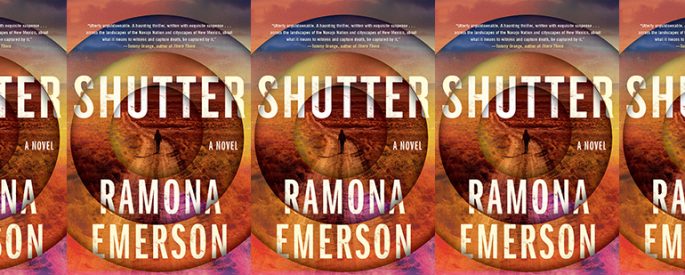
Photography has consistently served as both an expression of the spiritual and the documentation of truth. Ramona Emerson’s novel captures this range of photographic purpose. In her protagonist’s hands, photography serves as a form of forensic evidence, a connection to her Navajo identity, and what draws the dead to
Picturing The Fire Next Time
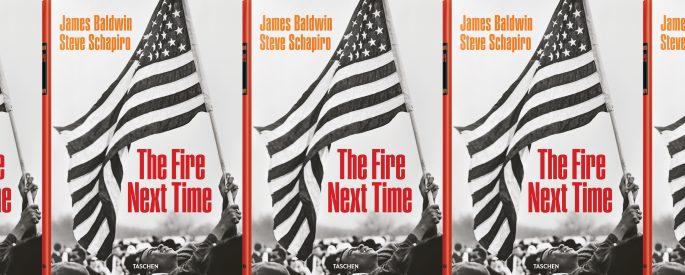
James Baldwin’s text and Steve Schapiro’s photographs undertake similar strategies, revealing systemic racism and its hypocrisy through the telling of deeply personal, narrative moments.
Long Live Picture Books
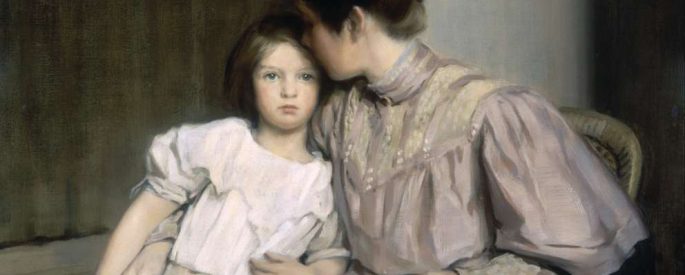
What if we understood reading as a practice of codependency, a way to share and take care of one another, instead of as evidence of high intellectual achievement?
“If an object entered my life somehow, I would put it in the book and see what happened”: An Interview with Ruth Ozeki
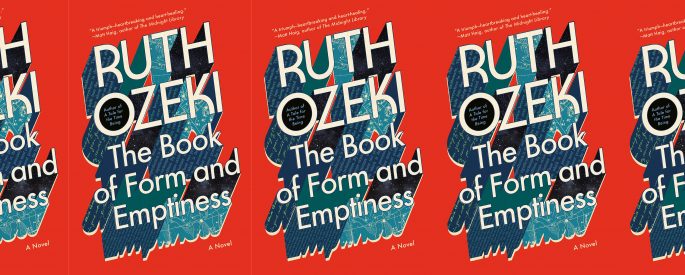
Objects are characters in Ruth Ozeki’s latest novel. And as her masterful structure makes clear, we the readers, like the book’s protagonist, are hearing voices too: the Book has a mind of its own.
Pioneer Days
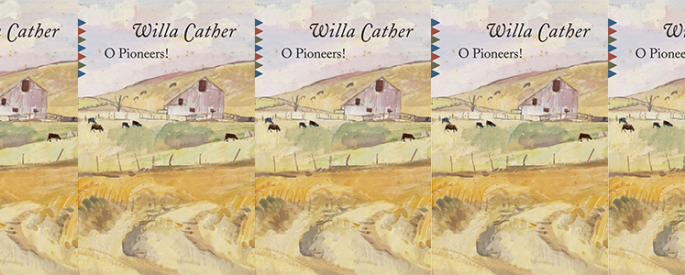
Willa Cather’s 1913 novel provides a vision of America that is at once familiar and completely foreign. As the novel revels in scenes of natural beauty and “simpler” times, it also warns us that such idealized visions of America were dangerous and violent all along.
Silvia Ferrara’s The Greatest Invention: A History of the World in Nine Mysterious Scripts and the Power of Written Language
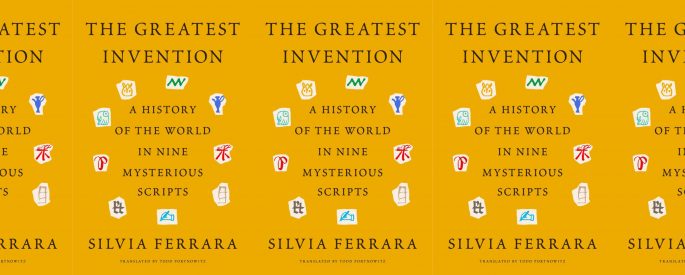
At times of injustice and tragedy caused by senseless human actions, it is helpful to recall the revolutionary power of writing from the broad perspective of the history of human existence.
Photography as Poetic Language in Emblems of a Passing World
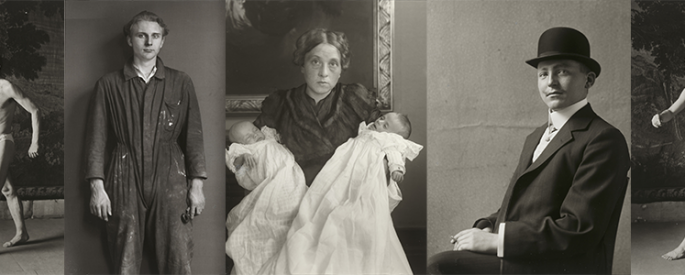
Adam Kirsch’s 2015 collection, built on the photographs of August Sander, amplifies the tension between the social and the individual through a remarkable cross-talk between photograph and poetic text.
Photography’s Eternal Returns
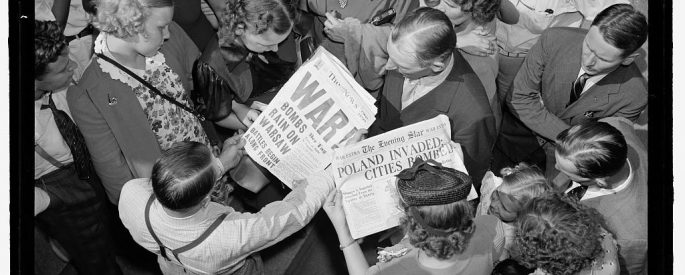
Do photographs of war provide some intervention into the violence they depict? If they do not stop violence, what purpose do they serve? These two questions are at the heart of recent work by Teju Cole and older work by Susan Sontag.
Oliver Sacks and the Narratives of Disability
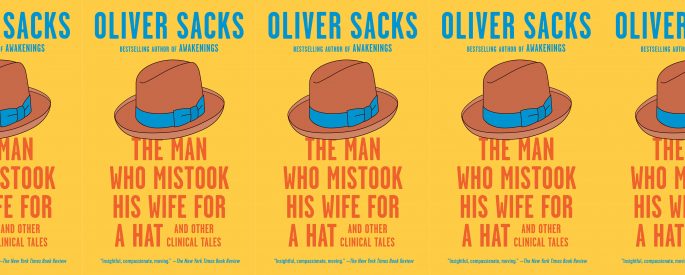
Oliver Sacks recognized that stories have a closer connection to the full complexity of the human condition than science. Nine years after the birth of my daughter, however, I realized that most existing narratives tell us more about cultural misconceptions of Down syndrome than providing a full, complex picture
Visual and Literary Representation in White on White
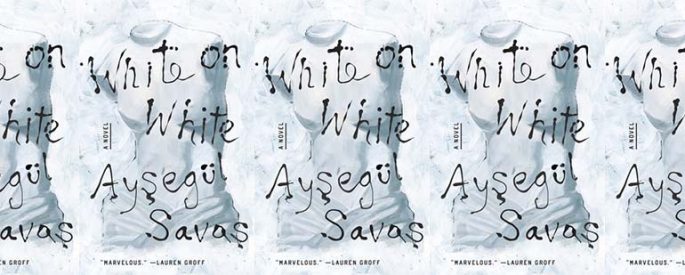
Ayşegül Savas’s 2021 novel is less an act of purification than a challenge to the reader to accept art on its own terms as an achievement of presence. It frames each reading, each act of looking, as an act of faith.
- 1
- 2